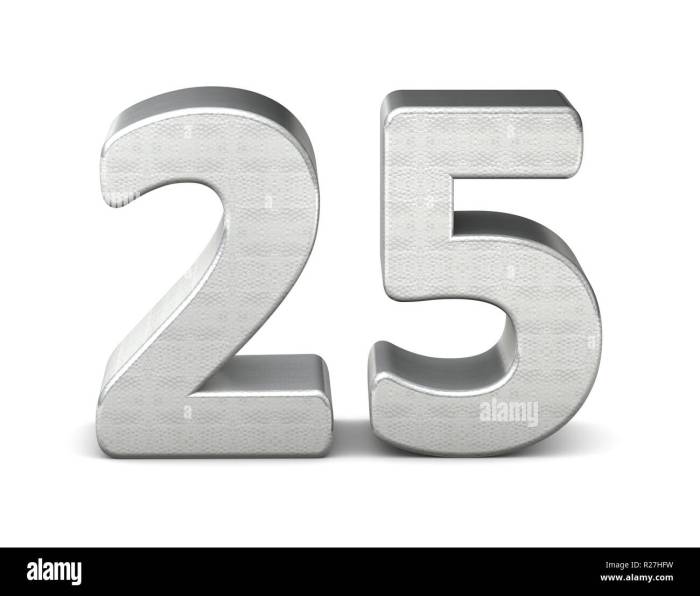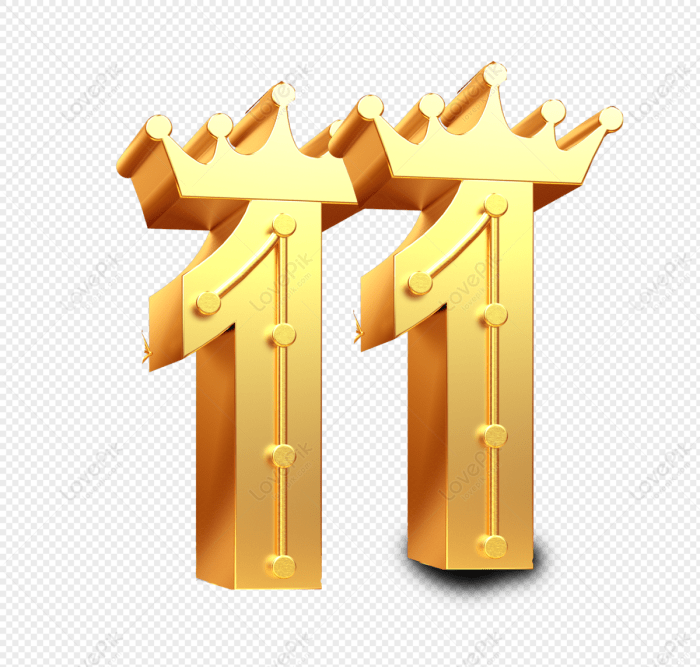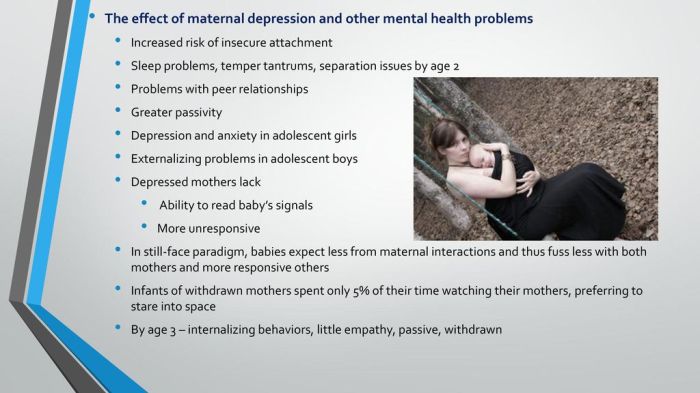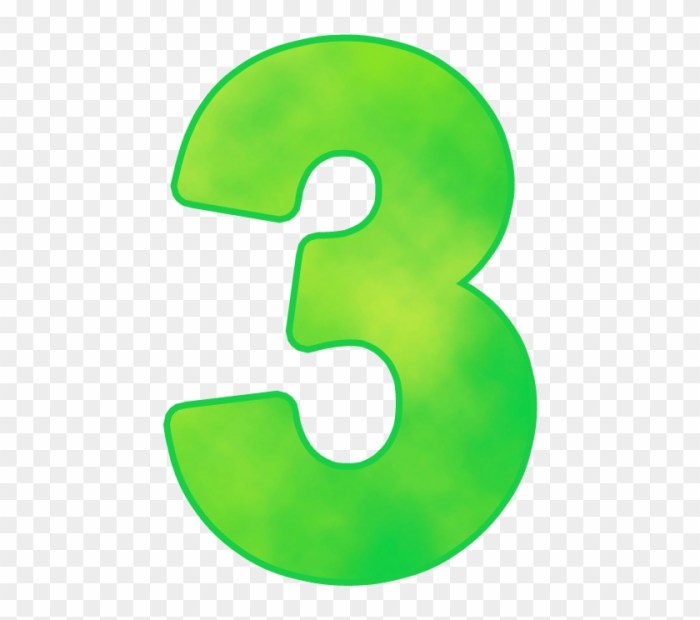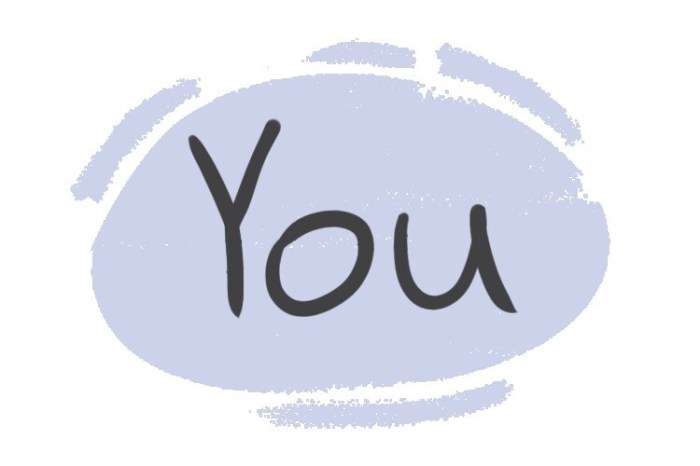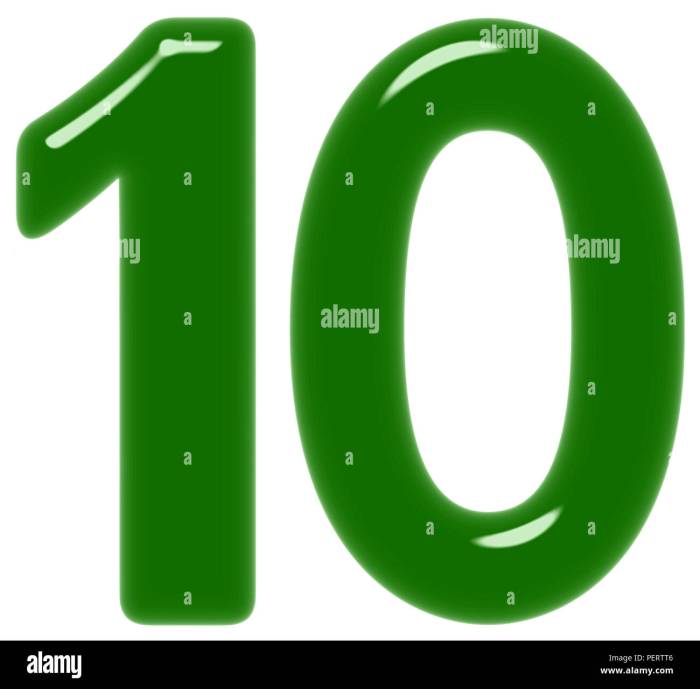How save all that useful online content is a guide to systematically collecting, organizing, and utilizing online information. This in-depth exploration delves into various methods for gathering valuable content across different platforms, from articles and videos to social media posts. We’ll cover crucial aspects like preserving content integrity, avoiding overload, and ensuring ethical sharing practices.
This comprehensive guide equips you with the knowledge and strategies needed to effectively navigate the vast online landscape and turn valuable information into actionable resources. From bookmarking and downloading to utilizing cloud storage and content management systems, we’ll explore diverse approaches for saving and organizing your findings. We’ll also delve into essential techniques for preventing information overload, and demonstrate how to ethically reuse and share the content you collect.
Collecting Online Content

The internet is a vast repository of information, offering a wealth of knowledge across various disciplines and perspectives. Systematically collecting and organizing this content can significantly enhance productivity and learning. This process involves more than just saving links; it requires a structured approach to ensure the collected information is accessible, relevant, and easily integrated into your workflow.
This guide provides practical methods for efficiently gathering, categorizing, and managing online content. It also emphasizes strategies to avoid redundancy, ensuring your collection remains valuable and avoids unnecessary duplication.
Methods for Gathering Online Content
Effective content gathering relies on a multifaceted approach. This includes utilizing dedicated tools and employing strategies that adapt to the source of the information. Direct downloads, bookmarking, and selective copying are crucial aspects of this stage.
- Dedicated Tools: Many tools, both browser extensions and dedicated software, are available to help with the process of gathering online content. These tools allow you to easily save articles, videos, or social media posts to a central repository. Examples include Pocket, Instapaper, and specialized bookmark managers.
- Browser Extensions: Browser extensions can automatically save articles to your preferred platform, such as Evernote or OneNote, as you browse. They can also help categorize and tag content directly within the browser interface.
- Bookmarking Services: Employing services like Pocket, Instapaper, or specialized bookmark managers enables saving and organizing web pages, articles, and videos for later review. These services often provide features for categorizing and tagging saved content.
Categorizing and Tagging Collected Content
A well-defined system for categorizing and tagging collected content is essential for easy retrieval and future use. Clear and consistent tagging ensures you can quickly locate information based on specific topics or criteria.
- Creating a Taxonomy: Developing a structured taxonomy for categorizing content is crucial. This involves defining a hierarchical system for classifying content based on its subject matter, theme, or other relevant criteria. This taxonomy ensures that information is consistently categorized and searchable.
- Using Tags and s: Employing relevant tags and s when saving content aids in the organization and retrieval process. s and tags can be added manually or by utilizing tools that automatically suggest them based on the content’s subject matter.
- Developing a Consistent System: Maintaining a consistent system for tagging and categorizing content across all platforms and sources ensures that you can easily find the information you need. The system should be easily adaptable and maintainable.
Utilizing Web-Based Tools for Efficient Content Retrieval and Organization
A variety of web-based tools and platforms can streamline the process of organizing and retrieving collected content. These tools often offer features for searching, tagging, and sharing collected information.
| Tool | Features | Example Use Cases |
|---|---|---|
| Evernote | Note-taking, organizing, tagging, searching | Saving articles, creating summaries, and linking related notes |
| OneNote | Note-taking, organizing, tagging, and linking | Structuring content, linking to related documents, and creating detailed summaries |
| Google Drive | File storage, organization, collaboration | Storing collected files, sharing with colleagues, and collaborating on projects |
Strategies for Avoiding Redundancy
Redundancy in your online content collection can lead to wasted time and effort. Effective strategies prevent this by ensuring your collected material is unique and valuable.
- Checking for Duplicates: Employing tools or methods to check for duplicate content is essential. This helps avoid adding redundant material to your collection. This could involve using a search engine to look for similar articles or employing dedicated software to identify duplicates within your existing collection.
- Prioritizing Quality over Quantity: Focus on the quality of the content rather than the sheer volume of material collected. High-quality, unique, and insightful information is more valuable than a large collection of repetitive or superficial content.
- Regular Review and Pruning: Regularly review your collection to identify and remove irrelevant or redundant material. This practice helps maintain the usefulness and organization of your collected content.
Preserving Content Integrity

Collecting online content is only half the battle. Just as important is ensuring the integrity of that content, both in its original context and in your own personal archive. This involves careful consideration of source attribution, formatting preservation, copyright awareness, and long-term accessibility. A well-organized approach ensures your digital library remains valuable and usable over time.
Importance of Source Attribution
Preserving the original source of information is crucial for maintaining accuracy and avoiding plagiarism. Simply copying and pasting without proper attribution can misrepresent the information’s origin and undermine the credibility of your work. Tracing the source allows readers to verify claims and understand the context of the information. This is essential for academic work, research projects, and any content where accuracy and transparency are paramount.
When citing sources, be specific. Include URLs, publication dates, author names, and any other identifying details. This meticulous approach strengthens your work’s academic rigor and builds trust with your audience.
Preserving Formatting
Maintaining the original formatting of online content is vital to accurately represent the author’s intent. Visual elements like images, tables, and layout can significantly impact the message. Directly copying and pasting often results in lost or distorted formatting. Utilizing dedicated download tools and browser extensions can significantly improve the preservation of formatting. Some extensions and tools are specifically designed to capture the visual structure of a webpage.
Employing these methods helps to create a more accurate and visually appealing archive. Tools like “Webpage Screenshot” or “Web Archive” can preserve both the text and visual elements, ensuring a more comprehensive representation of the original content.
Avoiding Copyright Infringement
Copyright infringement is a serious concern when collecting and sharing online content. Respecting copyright laws is crucial. If you are unsure about the copyright status of a particular piece of content, it’s always best to err on the side of caution. Don’t use copyrighted material without explicit permission. Consider fair use guidelines if applicable.
Saving all that valuable online content can be a real challenge, but having the right tools is key. A good start is to organize your digital files effectively. And, let’s be honest, a well-equipped home office, like the one detailed in must have items for your home office , can drastically improve your workflow. From a comfortable chair to a powerful computer, having the right tools really helps you stay focused and efficiently collect and organize those useful online resources.
If you want to use an image, for instance, consider using Creative Commons licensed materials. Always respect the creator’s rights, and use content in ways that align with the copyright terms. This practice ensures you avoid legal issues and maintains ethical standards.
Ensuring Long-Term Accessibility
Ensuring the long-term accessibility of saved content depends on the file formats used and the backup strategies employed. Using widely compatible file formats is essential. Avoid proprietary formats that may become obsolete. Saving content in formats like PDF or plain text (.txt) generally ensures better long-term accessibility. Regularly backing up your content to multiple external hard drives, cloud storage services, or a combination of both provides a safeguard against data loss.
Developing a comprehensive backup strategy ensures the survival of your digital library even in the face of unexpected events.
Utilizing Collected Content
Now that we’ve established a robust system for collecting and preserving online information, the next crucial step is leveraging this valuable resource. Effective utilization involves more than just storing data; it necessitates strategic repurposing and integration into various projects and presentations. This section will explore practical methods for maximizing the value of your gathered content.
Transforming raw online information into actionable insights requires a thoughtful approach. By understanding different reuse strategies and employing appropriate tools, you can seamlessly integrate your collected data, enhancing existing projects and creating compelling new ones. This section Artikels techniques for this process, focusing on practical application rather than theoretical concepts.
Saving all that useful online content can be tricky, but reducing your mobile dependence, as suggested in this insightful article on 16 reasons reduce your mobile dependence , can be a game-changer. By disconnecting from your phone, you’ll find more time to properly bookmark, copy, and categorize the articles, videos, and other resources that you want to keep.
This focused time away from your phone makes it much easier to organize your digital library for future reference.
Different Ways to Reuse and Repurpose Saved Information, How save all that useful online content
Successfully repurposing collected online content involves recognizing its potential across diverse platforms and projects. This can range from concise summaries for presentations to in-depth analyses for academic papers.
- Content Summarization: Condensing lengthy articles or web pages into concise summaries is a powerful technique for quickly grasping key information. This is especially useful for research or when preparing presentations where space is limited.
- Data Extraction: Identifying specific data points from various sources allows for creating datasets for analysis. For instance, extracting sales figures from different websites could provide valuable insights into market trends.
- Comparative Analysis: Comparing and contrasting information from different sources reveals nuanced perspectives and identifies potential biases. This is particularly helpful in academic research or for developing well-rounded arguments.
- Creation of Visualizations: Converting data into charts, graphs, or infographics can effectively communicate complex information and make it easily digestible. This is highly useful for presentations and reports, turning raw data into easily understood visuals.
Integrating Collected Content into Existing Projects or Documents
Integrating gathered information seamlessly into existing projects requires careful consideration of context and structure. The goal is to augment existing work, not to replace it.
- Contextual Integration: Ensure the new content aligns with the overall theme and purpose of the document. Introduce the information in a way that flows naturally with the existing narrative.
- Attribution and Citation: Properly attribute all sources to avoid plagiarism. Follow established citation styles (e.g., APA, MLA) for academic integrity.
- Editing and Refinement: Edit and refine the incorporated content to ensure its tone, style, and vocabulary align with the overall document.
- Cross-referencing: Link relevant sections to further enhance understanding and facilitate navigation. This can be done using footnotes, endnotes, or hyperlinks.
Structure for a Presentation Incorporating Collected Content
A well-structured presentation plan helps effectively integrate collected information. This structure provides a framework for a cohesive and impactful delivery.
| Section | Content | Supporting Materials |
|---|---|---|
| Introduction | Brief overview of the presentation’s topic and purpose. Introduce the collected data as evidence. | Summary of key findings from the gathered data. |
| Body | Present the findings in a logical order, using visual aids (graphs, charts, etc.) to enhance understanding. | Relevant articles, reports, and statistical data. |
| Discussion | Analyze the collected data, highlight key trends, and discuss potential implications. | Expert opinions, case studies, and alternative perspectives. |
| Conclusion | Summarize the key takeaways and offer a concise conclusion. | Overall summary of findings, emphasizing the value of collected data. |
Tools for Analyzing Collected Content
Analyzing collected data effectively often requires specialized tools. These tools facilitate a deeper understanding of the content.
Saving all that useful online content can be a real challenge, but thankfully, there are plenty of tools to help. One thing I’ve been researching lately is the surprising benefits of saving articles and resources for later. This got me thinking about the 10 astonishing benefits of marmite, which, according to this article, 10 astonishing benefits marmite that will turn your hatred into love , might just change your perspective.
Regardless, efficient bookmarking and note-taking are key to making sure you don’t lose those valuable digital nuggets. Hopefully, I can now better organize my online treasures.
- Sentiment Analysis Tools: These tools identify and categorize opinions expressed in text, such as positive, negative, or neutral sentiment. This is valuable for understanding public perception or customer feedback.
- Topic Modeling Tools: These tools identify underlying themes and topics within large datasets. This is beneficial for research or content analysis.
- Natural Language Processing (NLP) Libraries: Python libraries like spaCy and NLTK provide tools for text processing and analysis, enabling advanced tasks like sentiment analysis and topic modeling.
Preventing Information Overload
The digital age presents a treasure trove of information, but this abundance can easily become overwhelming. Collecting and managing online content effectively requires strategies to navigate this deluge and avoid being buried under a mountain of data. This involves not just gathering information, but also discerning its value and relevance, and knowing when to let go.Information overload can hinder productivity, diminish focus, and ultimately lead to poor decision-making.
By proactively implementing strategies for managing the influx of online content, we can optimize our use of information and make the most of its potential.
Setting Clear Goals and Boundaries
Defining specific objectives for content collection is crucial. Instead of a broad aim to “collect everything,” establish clear, actionable goals. For example, if you’re researching a particular topic, focus on specific s, sources, and types of information. Setting time limits and specific criteria for content selection will help prevent the overwhelming feeling of having to absorb everything.
Prioritizing Content Based on Relevance and Value
A key to avoiding information overload is to prioritize content based on its relevance to your goals. Develop a system for evaluating the value of each piece of information. This might involve assigning scores or ratings, using analysis, or simply categorizing content based on perceived importance.
- Content Relevance: Evaluate how directly the information addresses your specific research needs. If a piece of content is only tangentially related, it might be best to discard or postpone its review.
- Source Credibility: Consider the reputation and reliability of the source. Information from trusted sources is generally more valuable and trustworthy.
- Time Sensitivity: If the information is time-sensitive (e.g., breaking news), prioritize it accordingly. For less urgent content, you can schedule review time blocks.
Filtering and Discarding Irrelevant Information
Developing a system for filtering and discarding irrelevant content is essential. This could involve using filters, setting up folders or tags, or utilizing online tools that allow you to refine searches based on criteria you specify. This approach helps streamline your content management process and focus your attention on valuable information.
- Filtering: Use s and phrases to identify relevant content. This helps in quickly sorting through vast amounts of data.
- Content Categorization: Group similar content together in folders or tags for easier retrieval and review.
- Automated Filtering: Explore tools and services that automatically filter content based on pre-defined criteria. This is particularly useful for large volumes of data.
Content Accessibility: How Save All That Useful Online Content
Making your collected online content accessible to others is crucial for maximizing its value and impact. Beyond simply gathering information, a key aspect of responsible digital stewardship involves sharing knowledge effectively and ethically. This section Artikels strategies for creating a user-friendly and inclusive approach to content dissemination.Sharing collected data requires careful consideration of its accessibility, usability, and potential impact on various audiences.
A well-designed strategy ensures the information reaches those who can benefit most from it, while maintaining its integrity and respecting the original creators.
Methods for Content Sharing
A robust method for sharing collected content involves creating a centralized repository, such as a shared online library or a dedicated website. This digital space serves as a curated collection, making the content readily available and easily searchable for users. A well-organized structure, complete with metadata and appropriate categorization, significantly enhances the user experience. This repository can be further enhanced with interactive features, like comment sections or discussion forums, fostering a collaborative environment around the shared information.
Adapting Content for Different Audiences
Different audiences require tailored approaches. Content can be adapted for various formats and levels of understanding. For example, complex research papers can be summarized into digestible blog posts or presented as infographics for visual learners. Creating multilingual versions expands the potential reach of the content. These adaptations should not compromise the accuracy or integrity of the original information.
Ethical Sharing Practices
Ethical sharing involves strict adherence to copyright laws and intellectual property rights. Proper attribution and citation are essential to avoid plagiarism and give credit to the original creators. Using a consistent citation style ensures clarity and allows users to trace the source of information. Examples of such citation styles include MLA, APA, and Chicago.
Importance of Citation and Attribution
Proper citation and attribution are not merely formalities; they are fundamental to maintaining the integrity of the information and acknowledging the contributions of others. When utilizing online content, accurately documenting the source, author, and date of publication is paramount. This not only respects the original creators but also strengthens the credibility of your own work and avoids accusations of plagiarism.
A comprehensive citation system also allows readers to independently verify the information presented. By including complete citations, you demonstrate a commitment to academic honesty and transparent research practices.
Ultimate Conclusion
In conclusion, effectively saving and utilizing online content requires a multi-faceted approach. This guide provides a structured framework for collecting, organizing, and repurposing valuable information, emphasizing the importance of preserving content integrity and avoiding overload. By understanding the various methods, strategies, and tools discussed, you can effectively transform the wealth of online information into a personalized and accessible resource for future use.
Remember to prioritize ethical considerations and responsible sharing practices.
